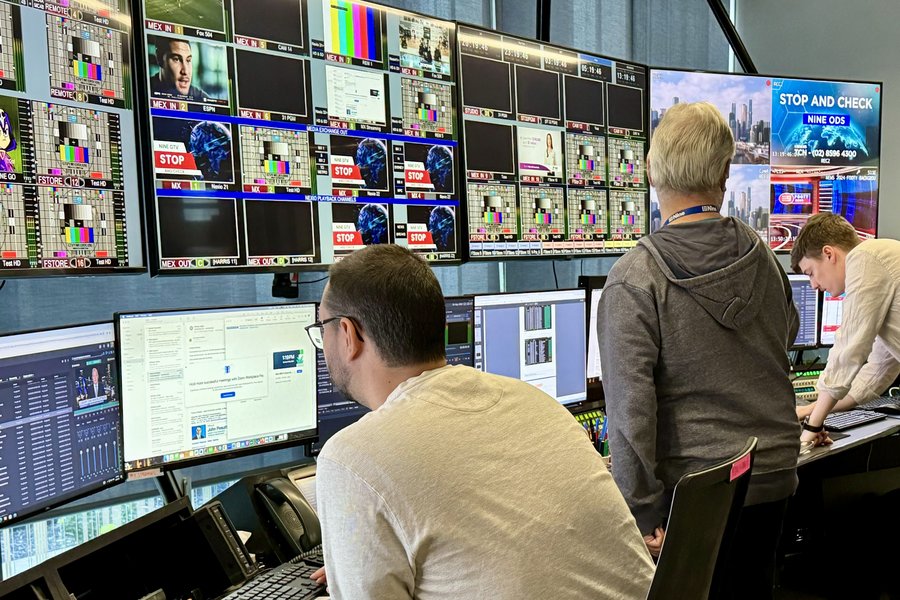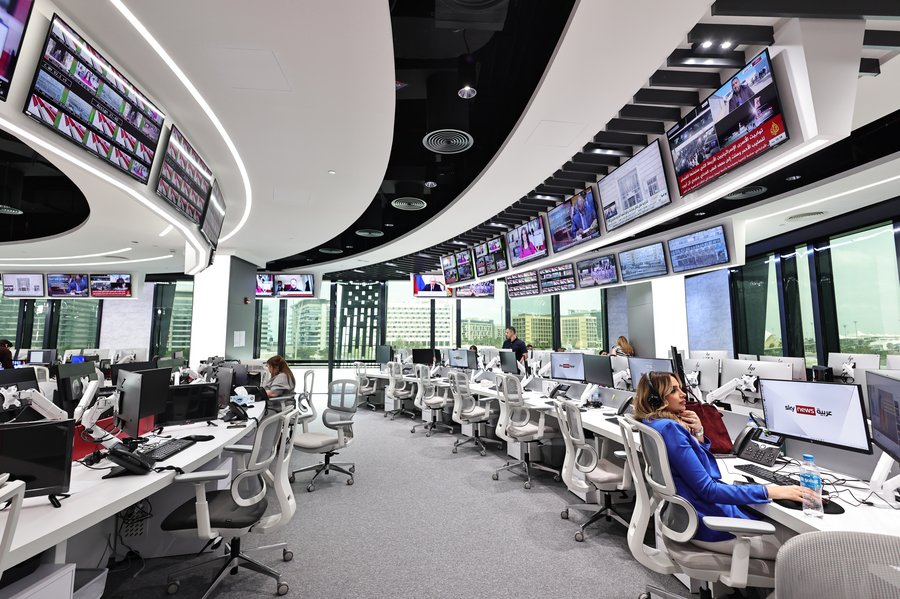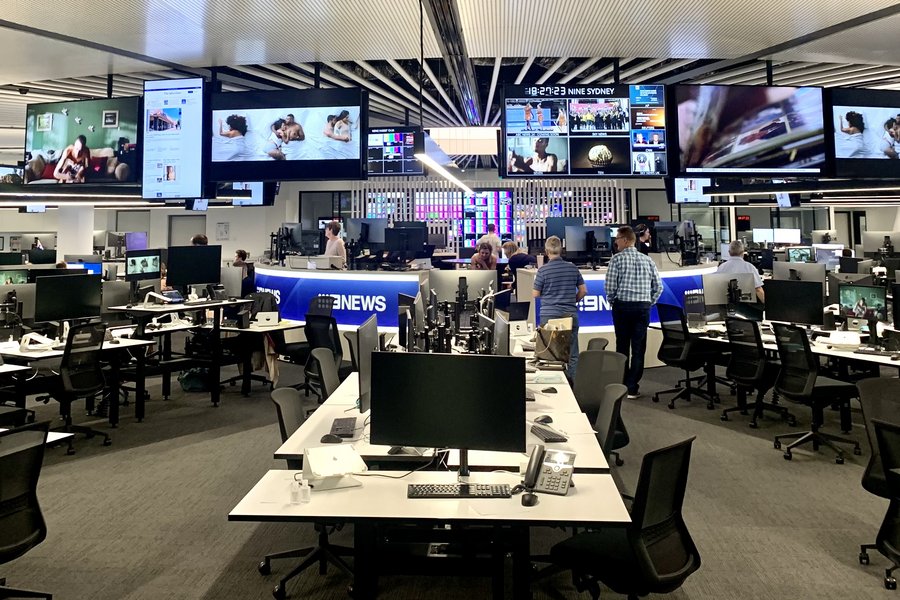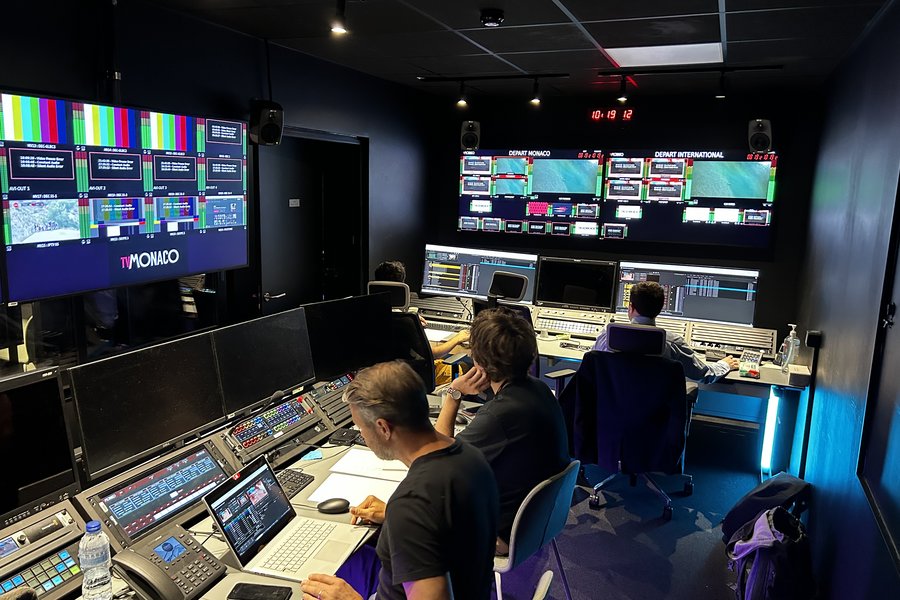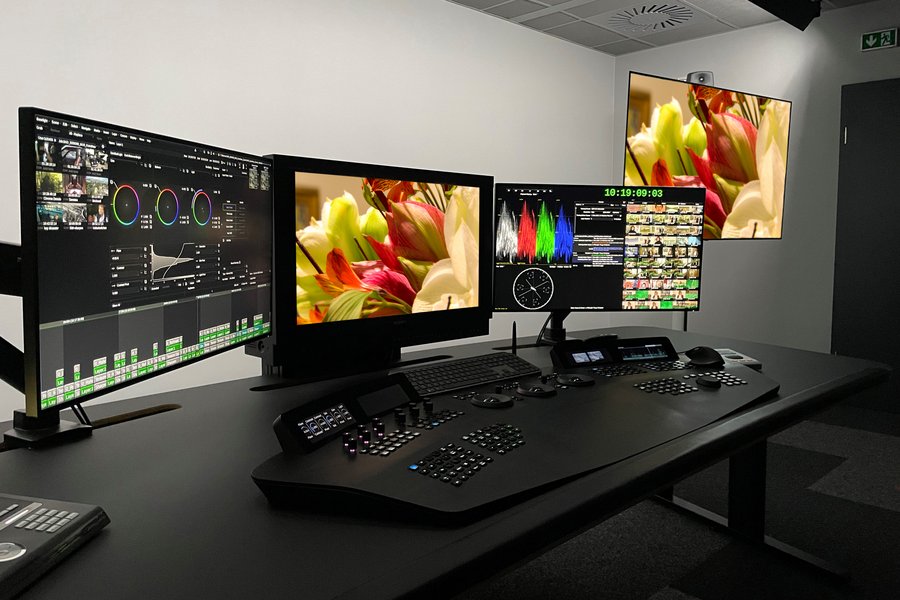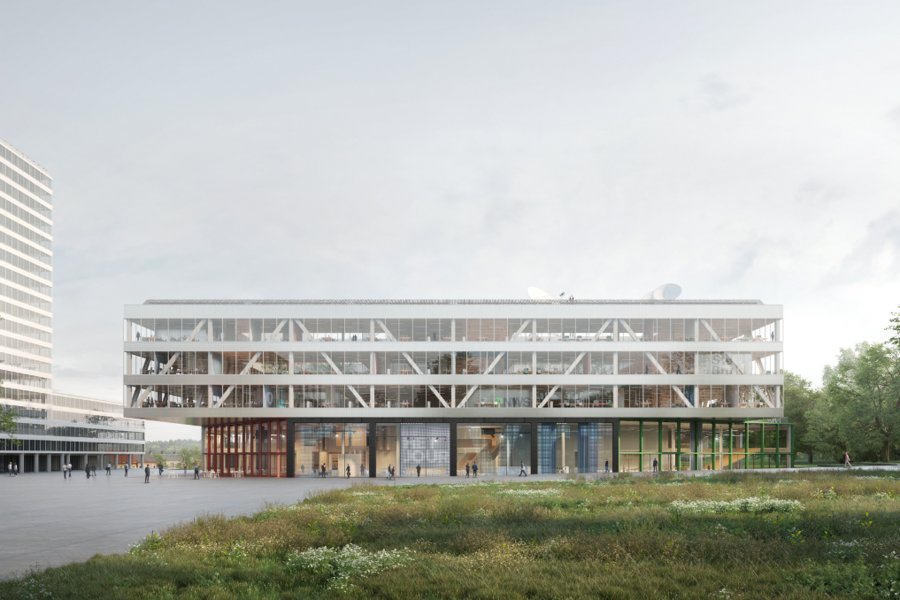How C-level leaders drive Story-centric Newsroom transformation
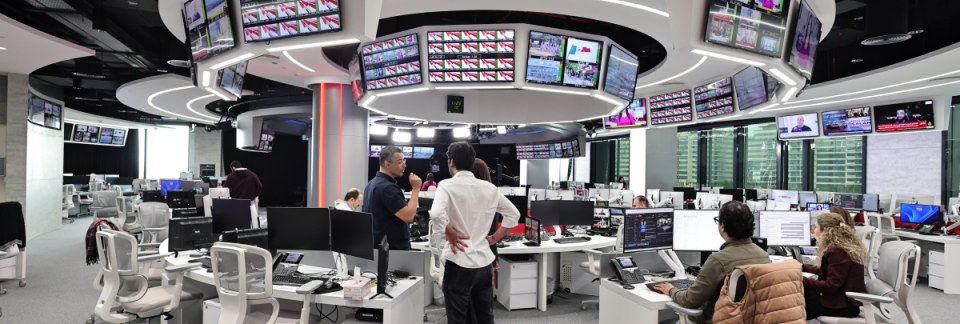
Strategic necessity in a rapidly evolving news landscape
Audience expectations are rising. Content is fragmenting across countless platforms, and production timelines are shrinking. Competition in both traditional broadcasting and digital publishing continues to intensify. Media organizations are in the midst of profound change. For C-level leaders, this means one thing: Existing structures need to be rethought. Future-readiness is not achieved through isolated modernization efforts, but through a deliberate combination of strategy, technology, processes, and culture.
A Story-centric Newsroom is the strategic response to these challenges. It brings together journalistic excellence with technological scalability, data-driven decision-making, and agile operating models. The focus shifts away from channels or tools toward the story itself and the value it generates for audiences and the business.
Story centricity moves organizations away from siloed, show- or channel-driven workflows. Broadcasters such as ABC and NBCU are implementing workflows built around stories and designed for activation across multiple platforms. The following guide provides C-level executives with a clear, structured framework for steering, anchoring, and scaling this transformation.
1. Strategic alignment: goals, KPIs, and governance models
1.1 Clear goal-setting as the foundation
Every successful transformation begins with the definition of precise, measurable objectives. These include both operational and strategic KPI sets that create transparency around progress and impact. Typical metrics include:
-
Time-to-publish: How quickly can the organization plan, produce, and distribute relevant content?
-
Resource efficiency: How effectively are editorial, technical, and product resources deployed?
-
Audience reach and growth: Which target groups are being reached, how is engagement developing, and which formats perform best?
-
Business impact: To what extent do content and formats influence revenue, subscriptions, advertising effectiveness, or brand metrics?
These metrics bring clarity to investment decisions, enable fact-based prioritization, and strengthen the organization's ability to recalibrate during live operations.
1.2 A steering board for holistic decision-making
Story centricity only succeeds when decisions are made across disciplines. A modern governance model therefore often includes a transformation board with representatives from editorial, technology and IT, product, and business strategy/monetization.
This body ensures that strategic, organizational, and technological dimensions are aligned. On this basis, a clear prioritization emerges – one that reflects both operational realities and overarching strategic objectives.
1.3 KPI-driven roadmaps with real commitment
An effective roadmap as a central leadership tool includes:
-
Defined milestones
-
Transparent success criteria
-
Pilot phases and test environments
-
Structured feedback loops
-
Clear ownership and responsibilities
Commitment from the entire leadership team is essential. Proactive communication and clear priorities prevent competing objectives and secure resources, even through extended transformation phases.
2. Technology as a strategic enabler, not an end in itself
2.1 Flexible, modular architectures
Modern newsrooms require a technology architecture that is scalable, modular, cloud-ready, and integration-friendly. Such an architecture enables the rapid rollout of new tools and creates the agility needed for modern multichannel production. It also allows for gradual expansion rather than complex, high-risk big-bang implementations.
2.2 Integrating existing systems
Many media organizations work with system landscapes that have evolved over years. Full replacement is often neither economically advisable nor technically necessary. Modern transformation models therefore rely on:
-
Open API
-
Standardized interfaces
-
Interoperable media stacks
This approach enables CMS, DAM, archive systems, or publishing platforms to be integrated gradually into new workflows without jeopardizing existing investments. At the same time, it establishes a foundation for cloud-based production and automation.
2.3 AI-assisted automation as an efficiency driver
Artificial intelligence is taking on an increasingly central role. Particularly relevant are:
-
Automated transcription and subtitling
-
Format adaptation for different platforms
-
Intelligent metadata enrichment
-
Prioritization and recommendation systems for editorial teams
-
Automated image and video analysis
AI Accelerators that support these tasks can unlock significant efficiency gains in many production steps. Editorial teams gain more time for creativity, research, and contextualization.
2.4 Data protection, security, and regulatory requirements
For European media organizations, data protection and compliance are essential quality markers. GDPR compliance, clear access policies, and zero-trust models are core components of any modern newsroom architecture. Key principles include:
-
Transparent data sovereignty over content, user, and production data
-
Standardized governance for roles, rights, and access
-
Auditable workflows with traceable data flows
-
Low-risk cloud models that meet regulatory requirements
Data protection is not an obstacle but a strategic trust driver. A Sovereign European Media Cloud can therefore be understood as a strategic imperative.
3. Leadership and cultural change: Transformation succeeds through people
3.1 Proactive, visible leadership
Technology can reshape structures, culture reshapes people. To successfully transition to story centricity, C-level leadership must provide orientation, communicate a clear vision, engage teams, and lead change by example. This cultural shift extends beyond new processes to new expectations around responsibility, collaboration, and decision-making.
3.2 Training and enablement
New tools only create value when teams can use them confidently. Continuous training is therefore a necessity, not an option. This includes:
-
Training for AI-assisted workflows
-
Upskilling in data literacy
-
Training for new media and cloud platforms
-
Encouraging cross-functional collaboration
The competence and confidence of teams largely determine the speed and quality of the transformation.
3.3 Culture of innovation and learning
A modern newsroom culture is defined by experimentation, data-informed decisions, close collaboration, and iterative development rather than rigid planning. Teams that can learn, test, and adjust quickly increase both efficiency and quality. They also respond earlier to market and audience shifts.
4. Operational governance: Monitoring, reporting, optimization
4.1 Real-time dashboards for transparent management
Modern newsrooms operate with dashboards that combine editorial KPIs, audience insights, production metrics, and business impact in real time. This makes performance, trends, and risks visible at all times at both editorial and executive levels.
4.2 A/B tests and feedback loops
Systematic testing is essential for developing and refining formats and content. Feedback loops enable:
-
Targeted optimization
-
Improved user experiences
-
Evidence-based decision-making
These mechanisms increase reach, engagement, and monetization without requiring additional resources.
4.3 KPI-driven success measurement
Story-centric Newsrooms measure success by impact, not by volume. The guiding question is:
What measurable contribution do our stories make to reach, revenue, brand, and strategic goals?
This perspective strengthens prioritization and efficiency at all levels.
5. Conclusion: Securing future-readiness through consistent story-centric transformation
For C-level leaders, a Story-centric Newsroom is more than a technological modernization. It is a strategic investment in competitiveness, speed, efficiency, organizational success, and journalistic relevance.
With a clear strategy, modern technological foundations, and leadership that actively shapes cultural change, the newsroom becomes a scalable, innovation-ready core of the organization.
Qvest supports media organizations on this journey from strategic goal-setting to technology-driven transformation and operational optimization. With deep expertise and an interdisciplinary approach, we create Story-centric Newsrooms that deliver measurable impact, sustainable growth, and long-term success.






